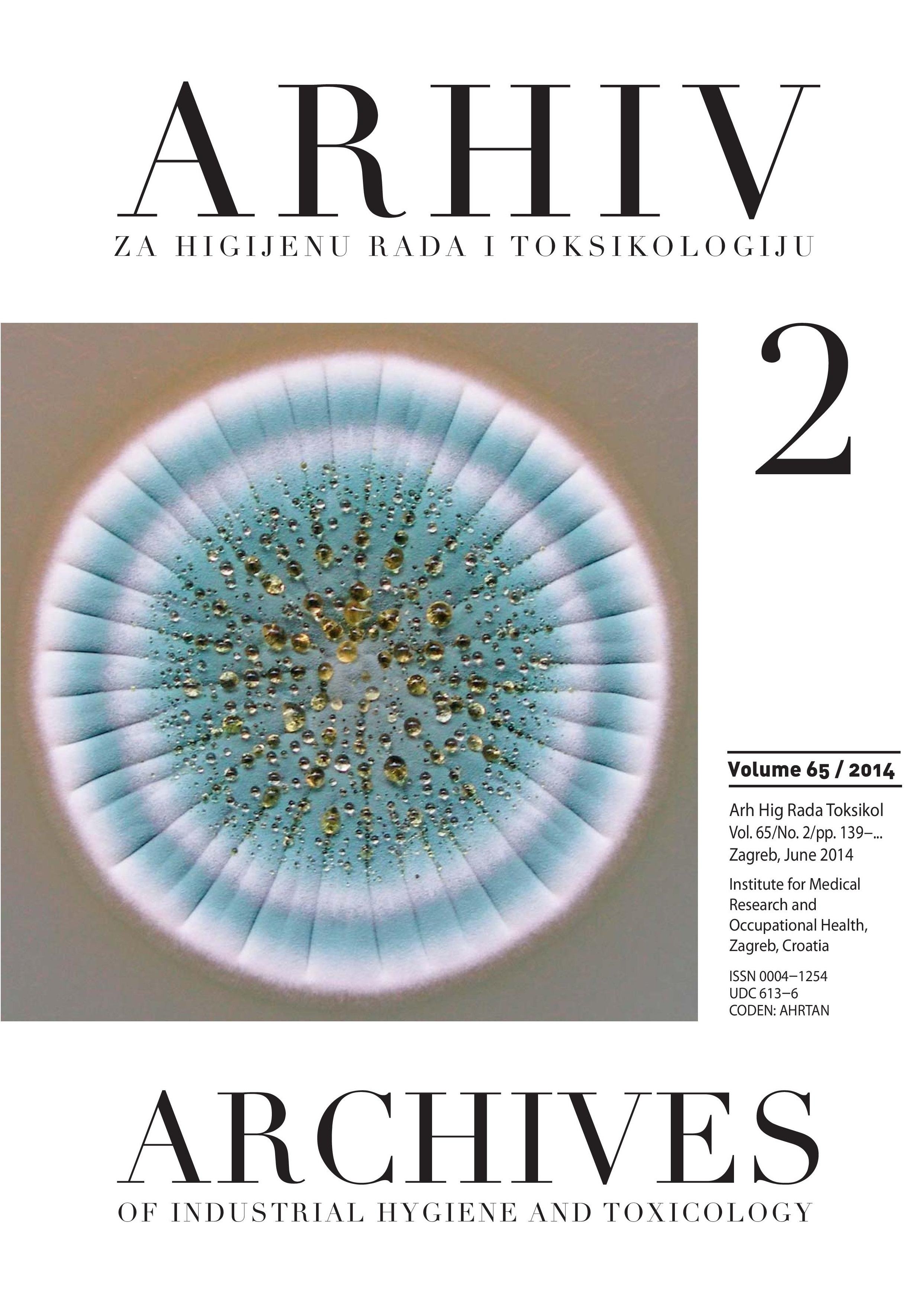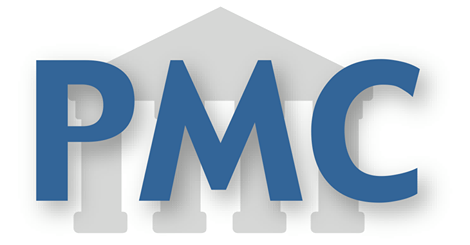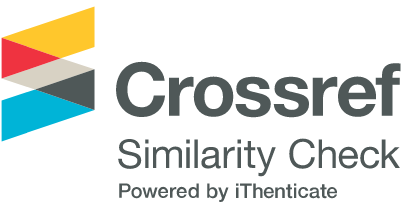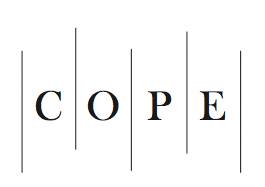Environmental radioactivity in southern Serbia at locations where depleted uranium was used
DOI:
https://doi.org/10.2478/10004-1254-65-2014-2427Keywords:
environmental samples, gamma spectrometry, gross alpha activity, gross beta activityAbstract
In the 1999 bombing of the Federal Republic of Yugoslavia, NATO forces used ammunition containing depleted uranium. The cleaning of depleted uranium that followed was performed in southern Serbia by the Vinča Institute of Nuclear Sciences between 2002 and 2007 at the locations of Pljačkovica, Borovac, Bratoselce, and Reljan. This paper presents detailed results of radioactivity monitoring four years after cleaning (2011), which included the determination of gamma emitters in soil, water, and plant samples, as well as gross alpha and beta activities in water samples. The gamma spectrometry results showed the presence of natural radionuclides 226Ra, 232Th, 40K, 235U, 238U, and the produced radionuclide 137Cs (from the Chernobyl accident). In order to evaluate the radiological hazard from soil, the radium equivalent activity, the gamma dose rate, the external hazard index, and the annual effective dose were calculated. Considering that a significant number of people inhabit the studied locations, the periodical monitoring of radionuclide content is vital.Downloads
Issue
Section
Original article
How to Cite
1.
Sarap NB, Janković MM, Todorović DJ, Nikolić JD, Kovačević MS. Environmental radioactivity in southern Serbia at locations where depleted uranium was used. Arh Hig Rada Toksikol [Internet]. 2014 Apr. 3 [cited 2025 Nov. 25];65(2). Available from: https://arhiv.imi.hr/index.php/arhiv/article/view/199














